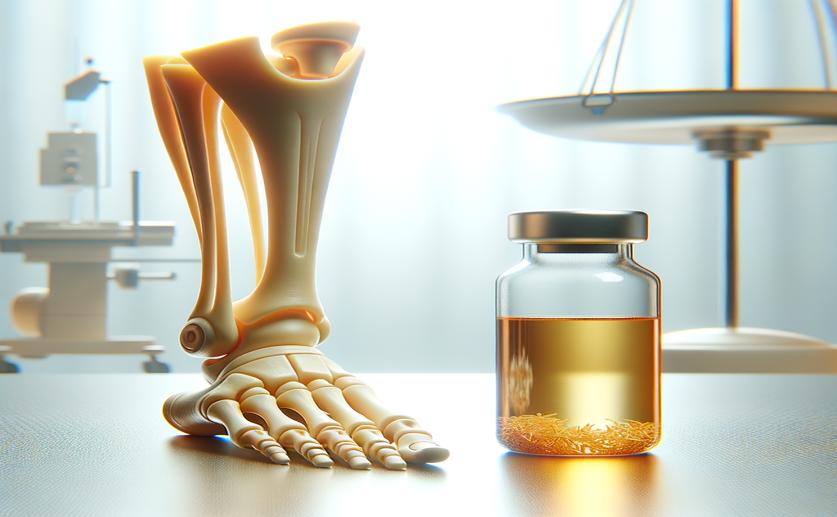
Enhancing 3D-Printed Medical Implants with Garlic Extract Nanoemulsions
Greg Howard
29th August, 2024

Image Source: Natural Science News, 2024
Key Findings
- Researchers at Washington State University developed 3D-printed bone scaffolds with garlic extract to treat complex bone diseases
- The garlic extract, encapsulated in nanoemulsions, showed controlled release, enhancing stability and bioavailability
- The scaffolds significantly reduced osteosarcoma cell growth by 88% and decreased bacterial growth by over 90%, without harming healthy bone cells
References
Main Study
1) Improving Biological Performance of 3D-Printed Scaffolds with Garlic-Extract Nanoemulsions.
Published 28th August, 2024
https://doi.org/10.1021/acsami.4c05588
Related Studies
2) Osteosarcoma Overview.
3) Osteosarcoma incidence and survival rates from 1973 to 2004: data from the Surveillance, Epidemiology, and End Results Program.
4) Micelle encapsulated curcumin and piperine-laden 3D printed calcium phosphate scaffolds enhance in vitro biological properties.
5) 3D-Printed Multifunctional Polyetheretherketone Bone Scaffold for Multimodal Treatment of Osteosarcoma and Osteomyelitis.



 9th August, 2024 | Jenn Hoskins
9th August, 2024 | Jenn Hoskins